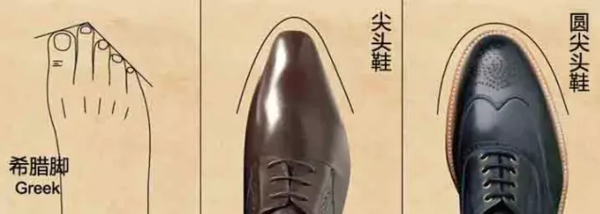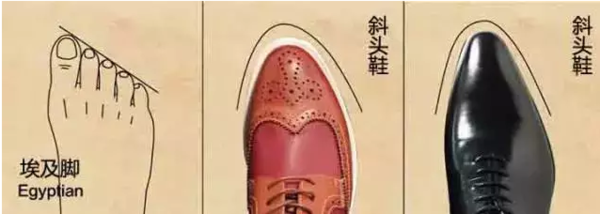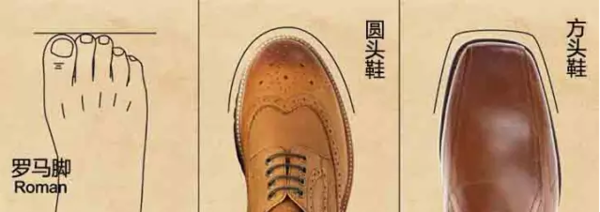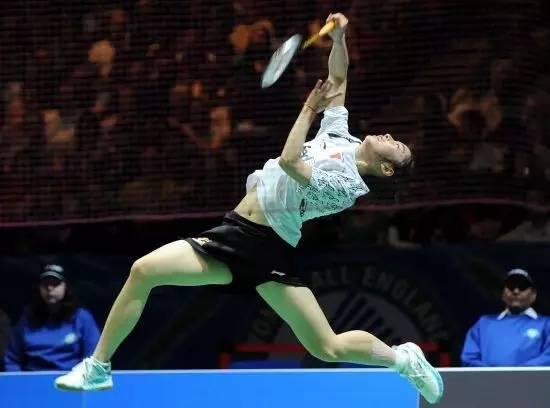The World Badminton Championships is a late-born single World Championship in the family of world sports, and for quite some time the All England Badminton Open played the role of the number one single event in the world badminton world, recognised by outsiders as the unofficial World Championships.
The first World Badminton Championships, organised by the former BWF, was held in Malmö, Sweden, in 1977, which should have been a happy event to be celebrated. Regrettably, some people in the BWF organisation of that time ignored the legitimate demands of some member countries and insisted on their unreasonable election system, which hindered the development of badminton in the world. Under these circumstances, Thailand, Pakistan, Nigeria and other member countries broke away from the BWF and co-founded the former World Badminton Federation (WBF) with China.
The first and second World Championships of the former Badminton World Federation were held in 1978 and 1979 respectively. The first tournament was held in Bangkok, Thailand, where Chinese players won four gold medals in five events, with Yu Yaodong winning the men’s singles and the men’s doubles with veteran Hou Gachang. Shanghai’s Aileen Zhang won two gold medals in women’s singles and women’s doubles (with Li Fang). The second edition of the tournament, held in Hangzhou, China, saw three gold medals for the more skilled national players, with Han Jian winning the Men’s Singles, 17-year-old Han Aiping having the last laugh in the Women’s Singles, and Sun Zhi’an/Yao Ximing winning the Men’s Doubles.
During this period, the former BWF also organised two World Championships. Like the former BWF World Championships, neither tournament attracted all the best players in the world of badminton, and the World Championships existed in name only.
A new period in history brought the two organisations together. In 1981, the BWF and the WBF merged to form the new BWF, and the Chinese Badminton Association became a full member of the joint BWF, allowing Chinese players, who had not been able to participate in the world’s most prestigious tournaments for a long time, to showcase their talents on a higher stage.
The 3rd World Championships was held in Copenhagen, Denmark in 1983, and since then this event has become the highest level of international badminton single event, and at the same time changed to be held once every two years. At that World Championships, Chinese players won two gold medals and became the biggest winners, with women’s singles rookies Li Lingwei, Han Aiping and Zhang Ailing taking the top 3 places, and women’s doubles players Lin Ying/Wu Dixi winning the women’s doubles title.
So far, the World Badminton Championships have been held for 23 times, producing a total of 125 gold medals, with China being the top winner, winning 70 gold medals, accounting for 56% of the total. It is worth mentioning that in three of these tournaments, a single team has won all five gold medals, a miracle achieved by the world’s top badminton team, China, which did so in 1987, 2010 and 2011.
Traditional powerhouses Indonesia, Denmark and South Korea won 22, 10.5 and 10 gold medals respectively, ranking second to fourth. Thailand, England, Spain and Japan won two golds each, while Hong Kong, China, Sweden and the United States won one gold each. As we all know, Malaysia is the international badminton world is recognised as a traditional powerhouse, has won the Thomas Cup 5 times, but in the Olympic Games, the World Championships reflecting the highest level of the single event, the country’s several generations of masters, but repeatedly rubbed gold, to superstar Lee Chong Wei, for example, he was 3 times, 4 times in the Olympic Games, the World Championships men’s singles runner-up.
World Championships gold king is South Korea’s famous Park Chu-bong and China’s Lin Dan, Zhao Yunlei, three of them each won the World Championships gold medal five times.
Park Joo-bong was a doubles wizard from the mid-1980s to the early 1990s, winning gold medals in the men’s doubles and mixed doubles events two and three times respectively. Former national player Zhao Yunlei, who retired two years ago, has won two and three gold medals each in women’s doubles and mixed doubles. In contrast, Lin Dan has had the most difficulty in winning gold medals as all his five gold medals have been achieved in one event, men’s singles.
The six men who have won four gold medals are former national players Li Lingwei, Gao Diamond, Cai orn/Fu Haifeng, Zhang Nan and Indonesian star Nasir.
Li Lingwei is a former singles queen of the badminton world, who won gold medals in women’s singles and women’s doubles 2 times each in the mid to late 1980s. Gao Diamond was a famous doubles player at the beginning of this century, winning gold in women’s doubles and mixed doubles 3 times and once respectively. Fengyun is the premier men’s doubles team in the history of Chinese badminton, and also one of the few men’s doubles wizards in the international badminton arena so far. The two of them have won the men’s doubles World Championships four times together, including three World Championships titles from 2009 to 2011 and four men’s doubles gold medals at the London 2012 Olympic Games in the London Olympics cycle, creating an unprecedented Golden Slam in the Olympic cycle in the badminton world’s history. Zhang Nan won the mixed doubles gold medal three times, and he tasted the men’s doubles gold medal for the first time in the last World Championships. Nasir is an evergreen in the world badminton world, back in 2005 World Championships she and Nova teamed up to win the mixed doubles title, since then she and Nova, Amadeus won the mixed doubles gold medal once and twice respectively.




